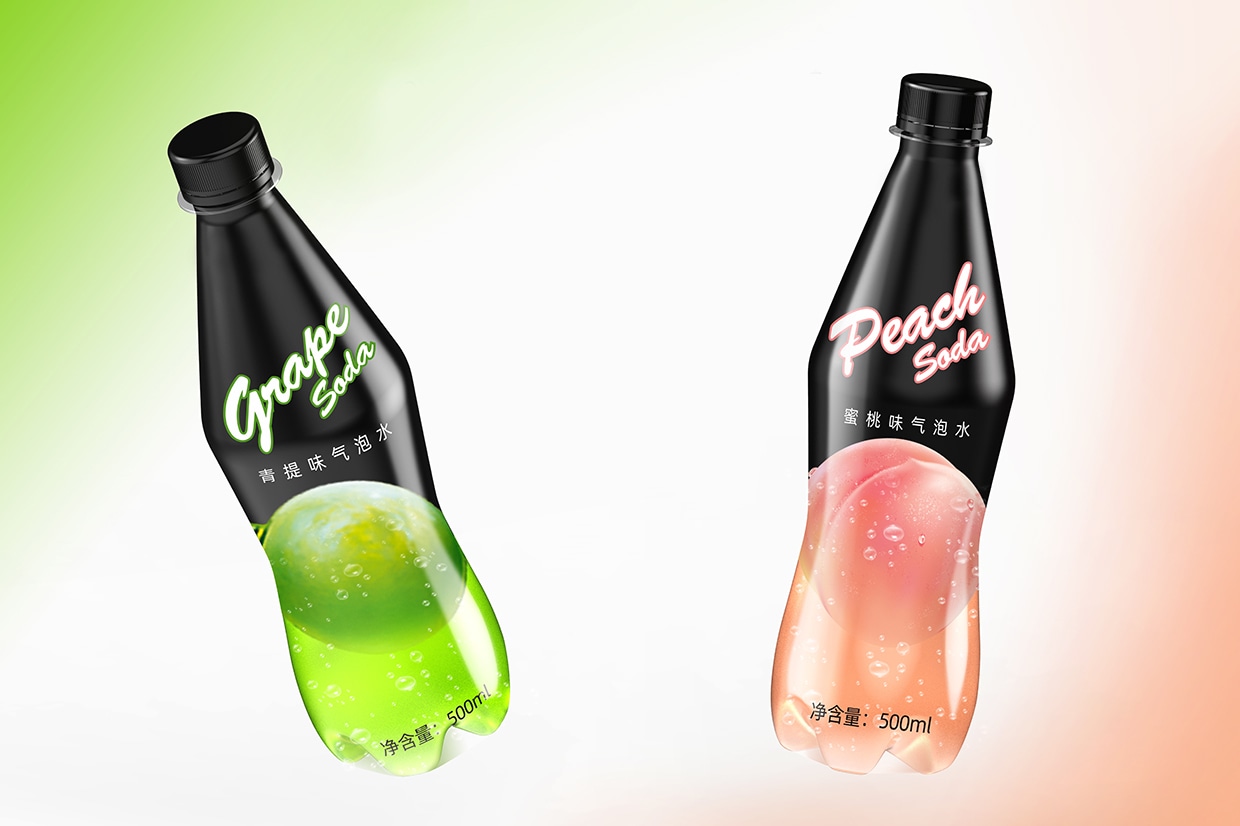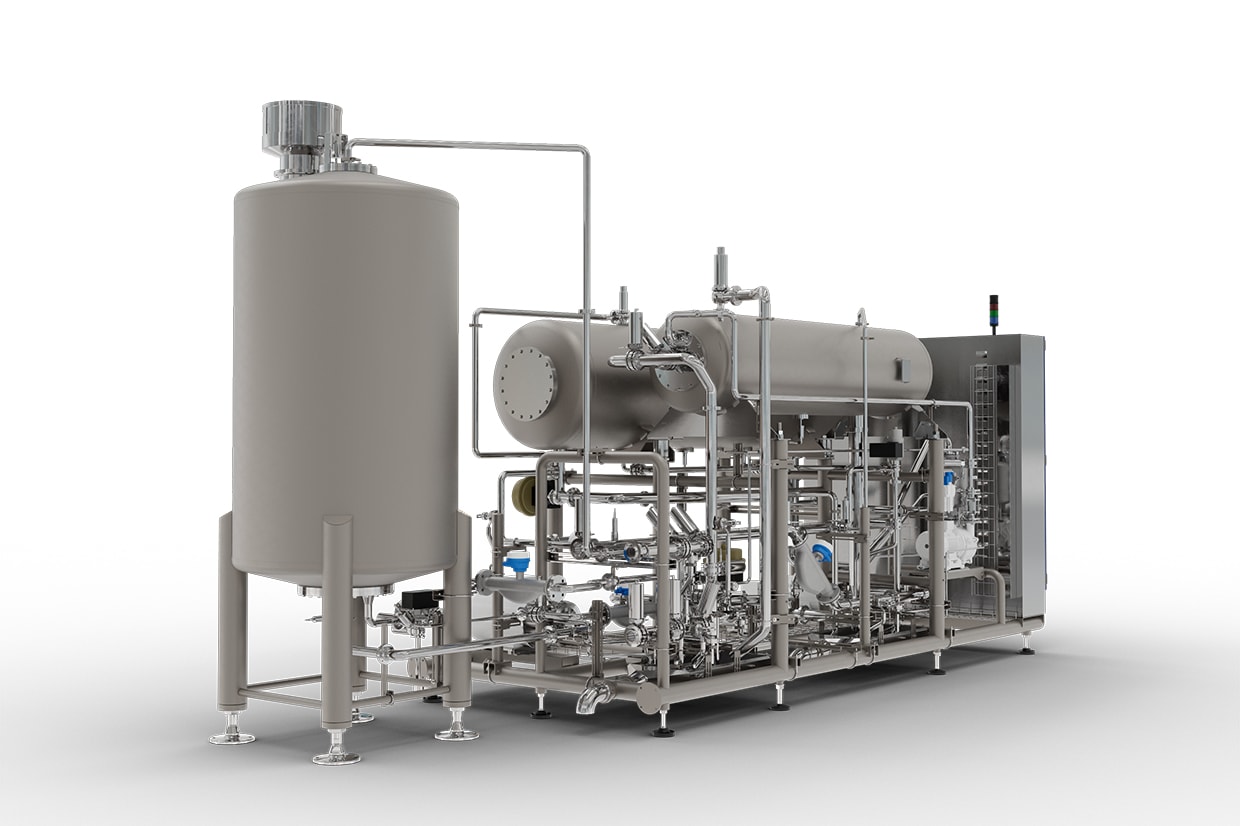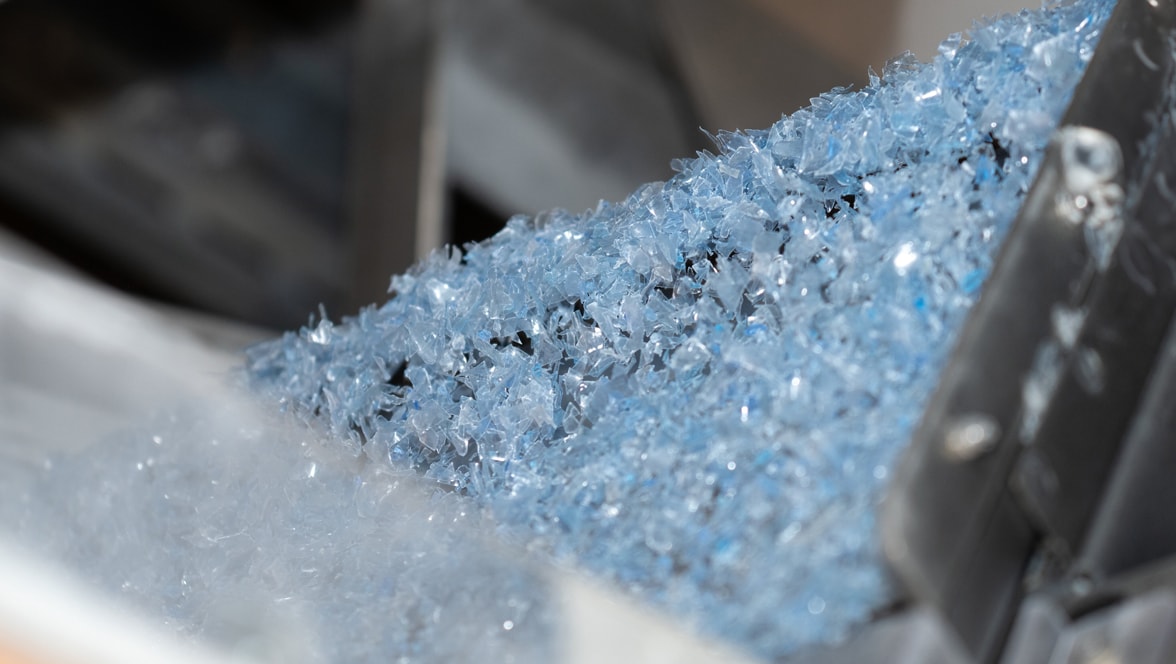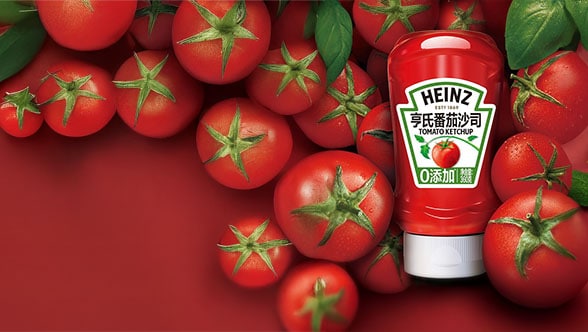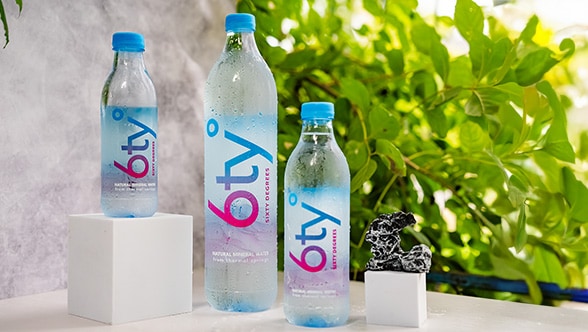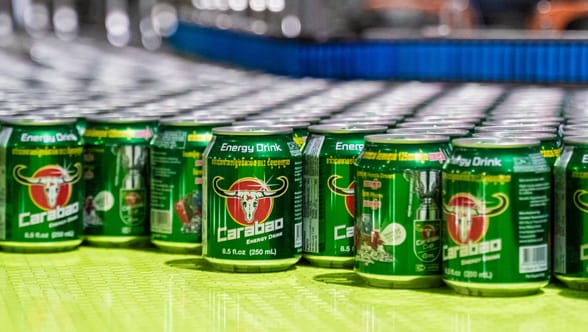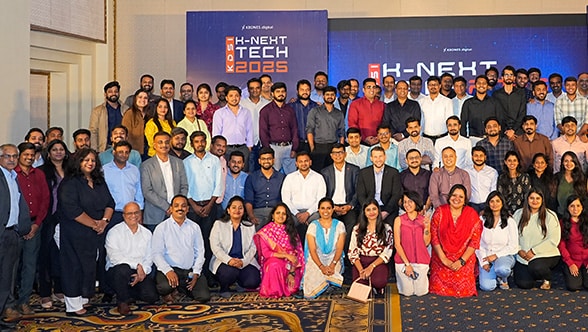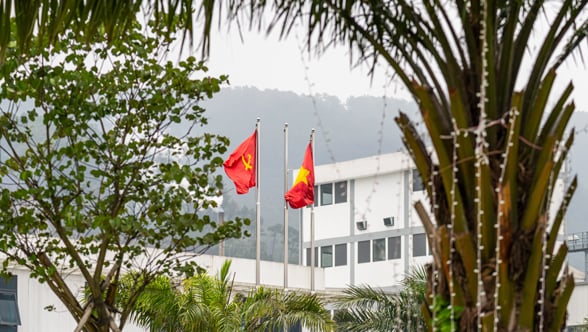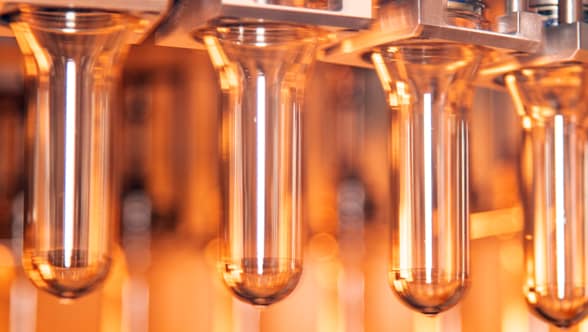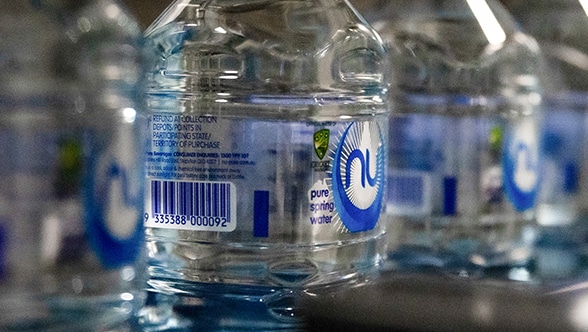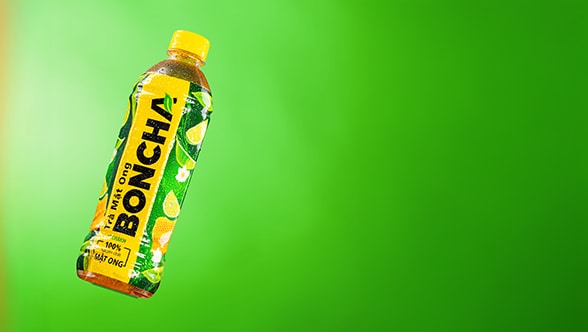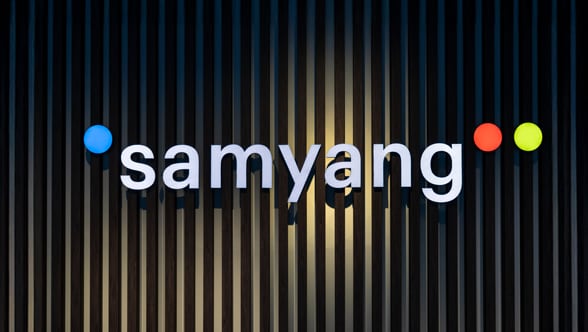Zero calories, no sugar and no fat: The trend in China is clearly toward healthier, low-calorie beverage alternatives from the "better-for-you“ (BFY) segment. With growing awareness comes growing demand for mineral water that provides the same bubbly sensation of a soft drink without all the calories, says the market research firm Mintel. It also helps, they add, that mineral water offers valuable minerals and trace elements, thus contributing to a healthier lifestyle. Apart from the most familiar minerals, magnesium and calcium, this water also contains silicon, sodium and sulphates, which help the body regulate blood pressure and digestion.
Carbonated water is more popular in China than ever before. In a report on the Chinese mineral water market, the Qianzhan Institute estimates that sales will increase by more than 100 percent from 2019 to 2025.


